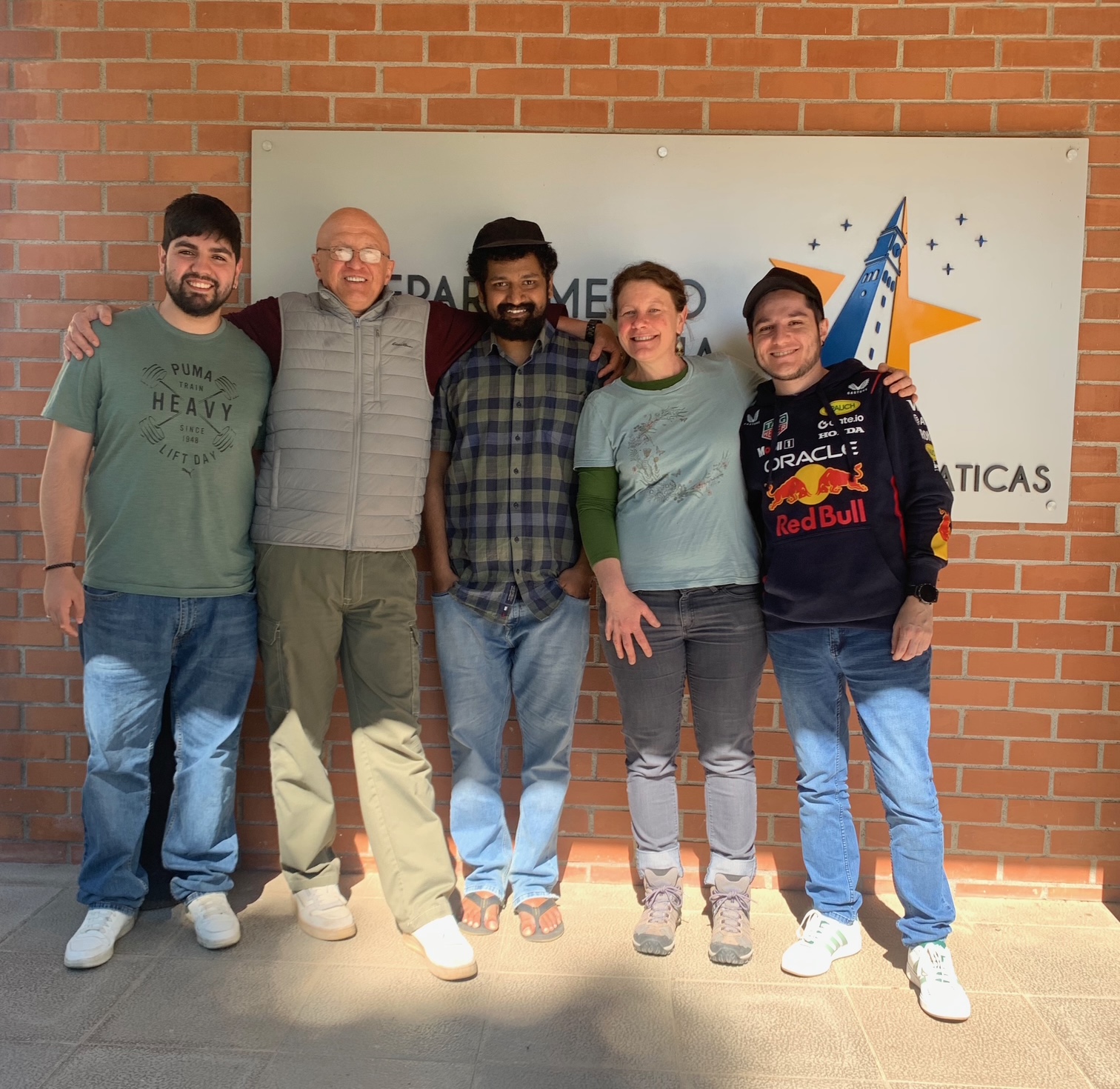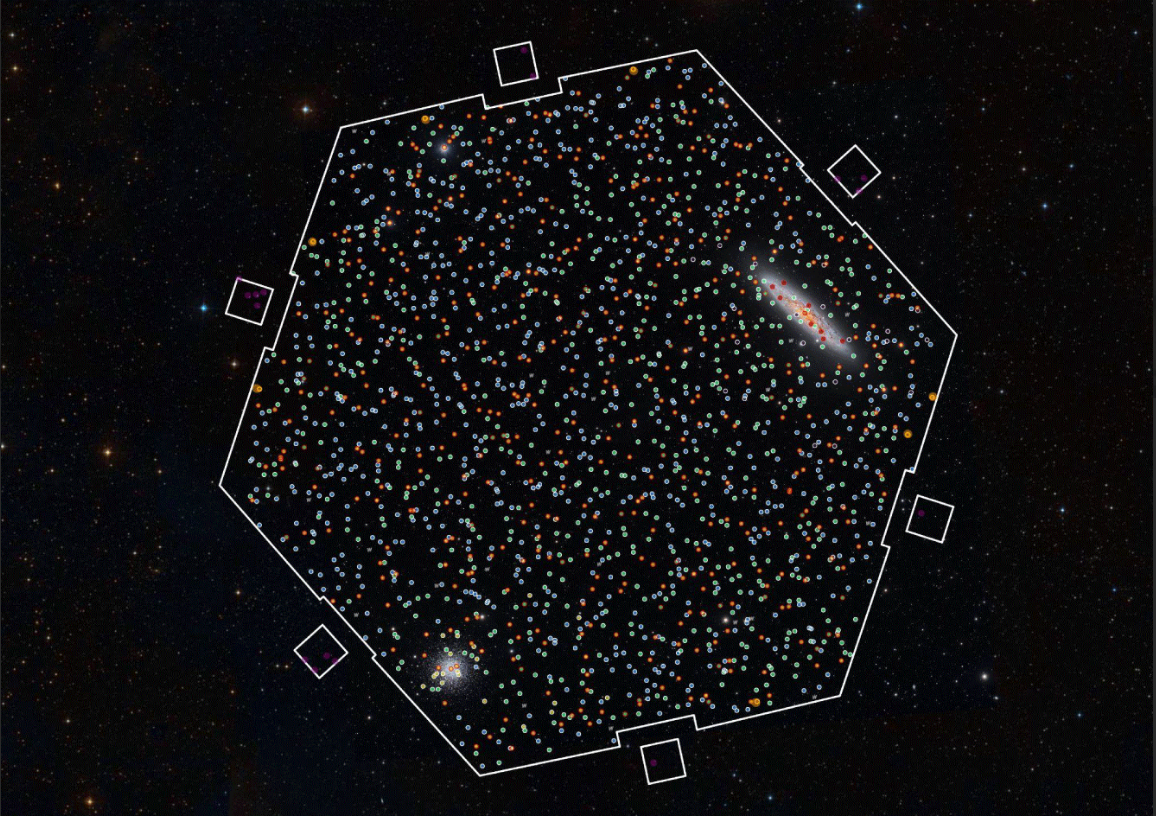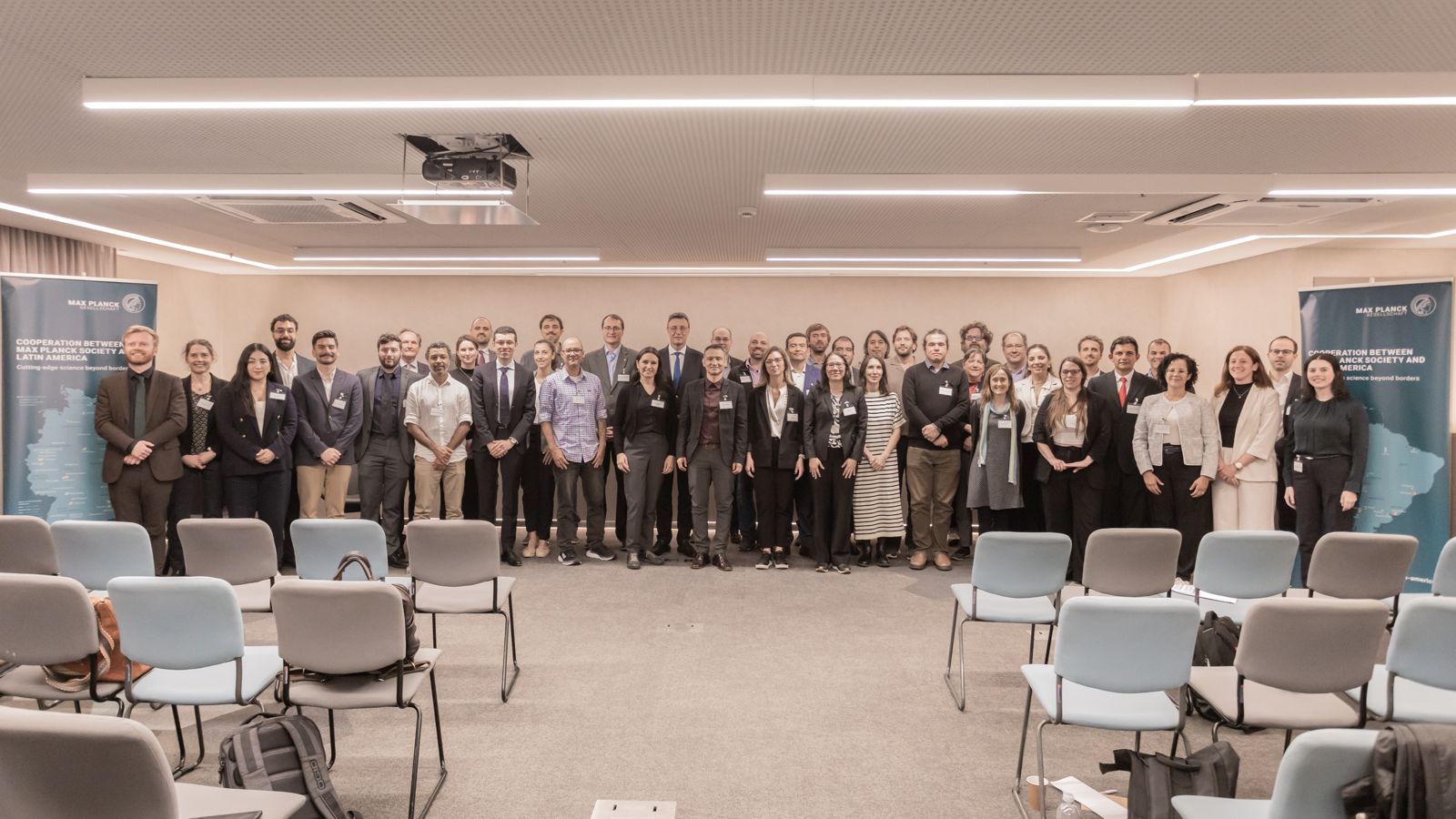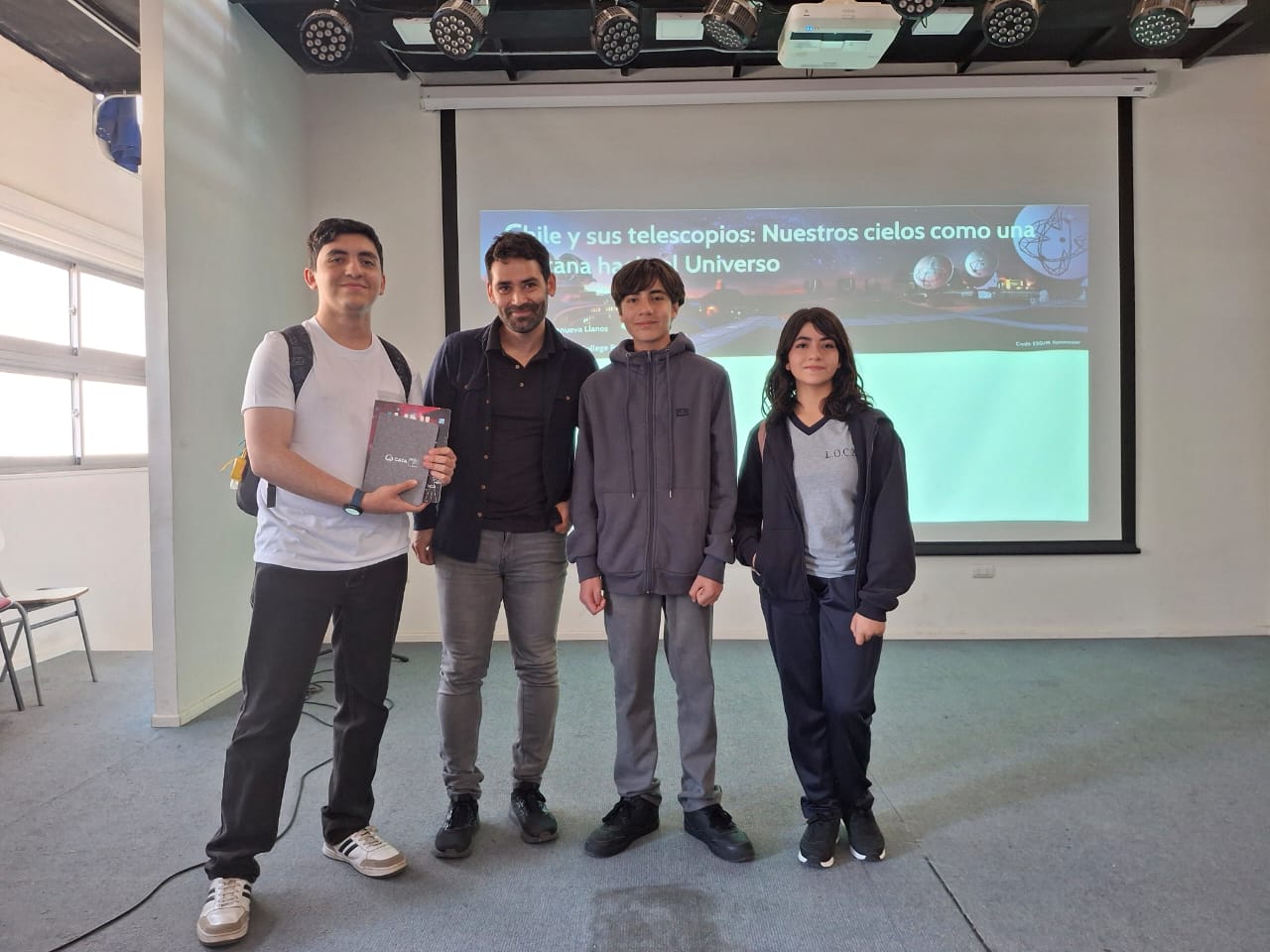
Astrophysicist Alexandre Lazarian meets with CATA Principal Investigator
The academic from the University of Wisconsin-Madison visited our country as part of the Fulbright Chile program to conduct research with Chilean scientists, where he also gave a talk on the Sun's magnetic activity and the Earth's climate.
Until the end of May, our country will receive the visit of astrophysicist Alexandre Lazarian, an academic from the University of Wisconsin-Madison, USA, and a scholar of the prestigious Fulbright program. It is in this context that the scientist will develop research together with the team of the Principal Researcher of the Center for Astrophysics and Related Technologies (CATA) and academic of the Universidad de Concepción, Dr. Amelia Stutz, who will develop studies of magnetic fields and turbulence in star formation zones.
“I was familiar with Amelia’s important work and we met in person at conferences. This visit allows us to strengthen our scientific ties and initiate a new cooperation program that will use the unique data from Chilean telescopes, particularly ALMA”, explains the researcher, whose visit to our country was possible thanks to the support of our Center and the Vice-Rectory for Research and Development of the UdeC.
Lazarian’s team is developing innovative techniques for data analysis, which, together with the data obtained from the telescopes installed in Chile, will allow optimizing the use of these techniques and obtaining new relevant information in the study of magnetic fields. “The experience of Professor Amelia Stutz and her group allows us to analyze the data. This is a productive collaboration that benefits both parties and I hope that this collaboration will continue successfully after my visit. I am passionate about Chile and would like to return to this beautiful country and visit the Universidad de Concepción frequently,” says the astrophysicist.
Solar magnetism and its effects
During his visit to Concepción, the researcher gave two talks, one focused on cosmic rays aimed at professionals in the area and also a public talk entitled “Magnetic activity of the Sun and Earth’s climate”, in which he delved into the effects of the Sun’s magnetic activity on our planet and humanity. “This is a topic of intense research around the world. This is because, first of all, the Sun’s magnetic activity induces energetic particle flows that interact with the Earth’s magnetosphere. In addition to creating spectacular auroras, these particles damage space equipment, create magnetic storms, and disrupt radio communications, among other effects. Predicting these events requires a better understanding of the physics of solar flares and the propagation of these particles in magnetized plasmas between the Sun and Earth. And second, magnetized plasmas create a shell around the solar system that restricts the arrival of galactic cosmic rays at the Earth. These cosmic rays ionize the Earth’s atmosphere and cause water droplets to condense in the upper atmosphere. These droplets reflect sunlight, which affects the climate,” explains Lazarian.
The talk generated many questions about the effects of solar activity on cellular connectivity and about the relative importance of human and solar activity in climate change. An upcoming talk open to the general public on the effects of astrophysical turbulence is expected during May.
Recent news
-
 Publicado el: 15/11/2025Leonids meteor shower 2025: What are they, when will they be visible from Chile, and what can we learn from them?
Publicado el: 15/11/2025Leonids meteor shower 2025: What are they, when will they be visible from Chile, and what can we learn from them? -
 Publicado el: 13/11/2025CATA researcher strengthens international ties during visit to the Center for Astrobiology in Madrid
Publicado el: 13/11/2025CATA researcher strengthens international ties during visit to the Center for Astrobiology in Madrid -
 Publicado el: 12/11/2025Fourth graders learned what would happen if the Moon did not exist
Publicado el: 12/11/2025Fourth graders learned what would happen if the Moon did not exist -
 Publicado el: 29/10/2025Chile celebrates the first light of 4MOST: two major projects involving CATA astronomers begin to explore the Universe
Publicado el: 29/10/2025Chile celebrates the first light of 4MOST: two major projects involving CATA astronomers begin to explore the Universe -
 Publicado el: 24/10/2025CATA researcher participated in Max Planck regional meeting in Brazil
Publicado el: 24/10/2025CATA researcher participated in Max Planck regional meeting in Brazil
Categories list
- Acknowledgments 21
- Astrobiology 6
- AstroCluster 1
- Black holes 18
- Corporativo 57
- Cosmology 5
- Descubrimientos 22
- Disclosure 71
- Exoplanets 13
- Extension 4
- Galaxies 21
- Galaxies formation 5
- Inter y Transdisciplina 4
- Local Universe 16
- Publications 6
- Sin categorizar 34
- Solar System 21
- Stellar formation 8
- Technology 14
- Technology Transfer 16

